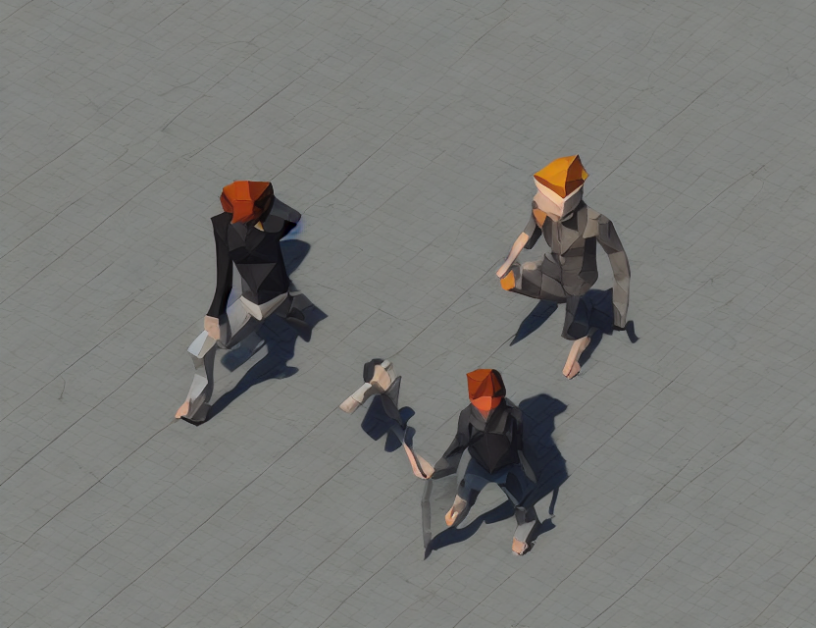Human motion estimation and synthesis are crucial in various fields such as robotics, computer graphics, and virtual reality. This survey aims to provide an overview of the recent advances in these areas, focusing on the key techniques, models, and applications.
Motion Estimation Techniques
Motion estimation involves determining the position and orientation of body joints or features from visual data. The most common approach is optical flow, which estimates the motion by tracking the changes in pixel positions between consecutive frames. However, optical flow has limitations when dealing with occlusions, motion blur, or low lighting conditions. To overcome these challenges, alternative techniques have been proposed, such as:
- Deep learning methods: These approaches use deep neural networks to learn the mapping between visual data and 3D body joints or features. Convolutional Neural Networks (CNNs) are commonly used for image-based motion estimation.
- Skeleton-based methods: Instead of estimating body joints directly, these techniques represent the human body using a skeleton or a set of bones. This allows for more robust and accurate motion estimation, especially in cases where the body is partially occluded.
Motion Synthesis Techniques
Motion synthesis involves generating realistic and diverse motions from a given input. The most common approach is to use inverse kinematics (IK) to estimate the joint angles that achieve a specific motion. However, IK can be computationally expensive and may not produce natural-looking motions. To overcome these limitations, other techniques have been proposed, such as:
- Physics-based methods: These approaches use physics simulations to generate realistic motions. The simulated movements are then optimized using optimization algorithms to achieve smooth and natural-looking motions.
- Data-driven methods: These techniques learn the mapping between input parameters and generated motions from a large dataset of human motions. This allows for generating diverse and realistic motions without relying on complex physics simulations.
Applications
Human motion estimation and synthesis have numerous applications in various fields, including:
- Robotics: Accurate body joint estimation can enable robots to interact with humans in a more natural way, such as assisting with daily tasks or providing teleoperation services.
- Computer graphics: Realistic human motion can enhance computer-generated characters and scenes in movies, video games, and virtual reality.
- Healthcare: Motion analysis can help diagnose and monitor movement disorders, such as Parkinson’s disease or stroke. It can also be used to assess the effectiveness of rehabilitation exercises.
In conclusion, human motion estimation and synthesis are crucial in various fields, and recent advances have significantly improved their accuracy and efficiency. By leveraging deep learning methods, skeleton-based approaches, physics-based simulations, and data-driven techniques, researchers can generate more realistic and diverse motions that can be applied in robotics, computer graphics, healthcare, and other areas.



